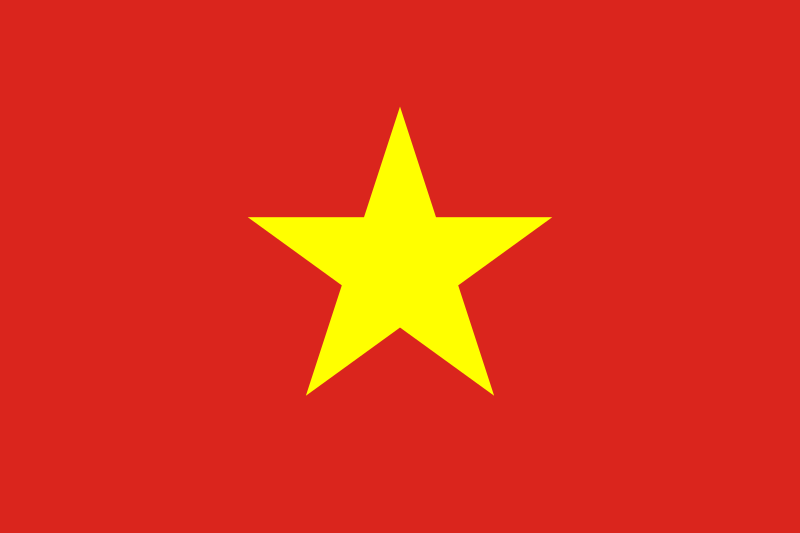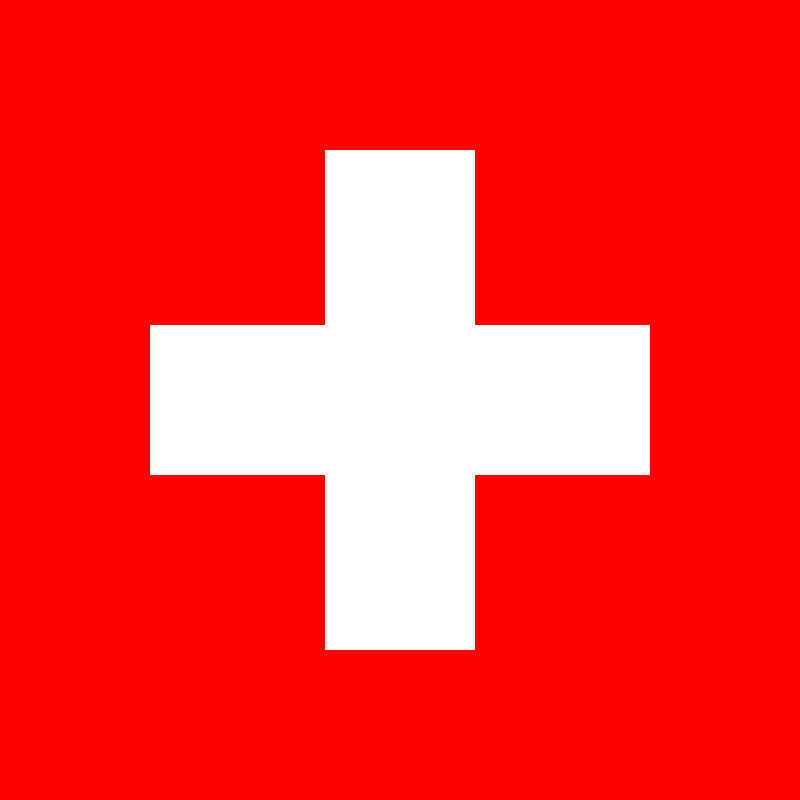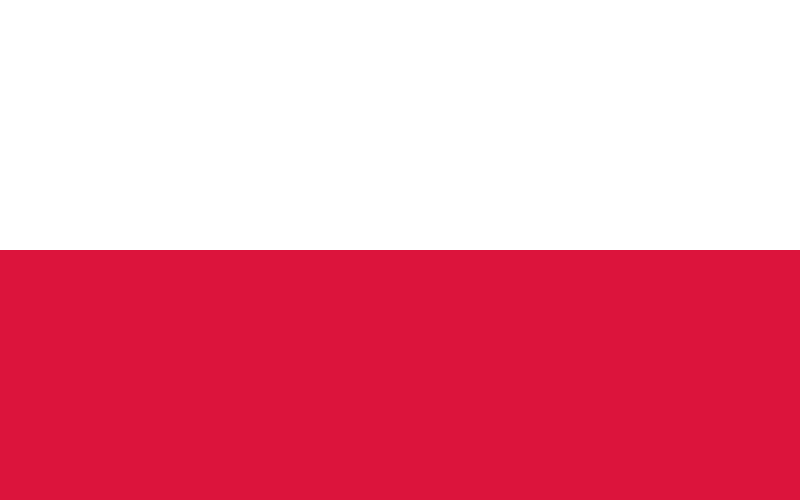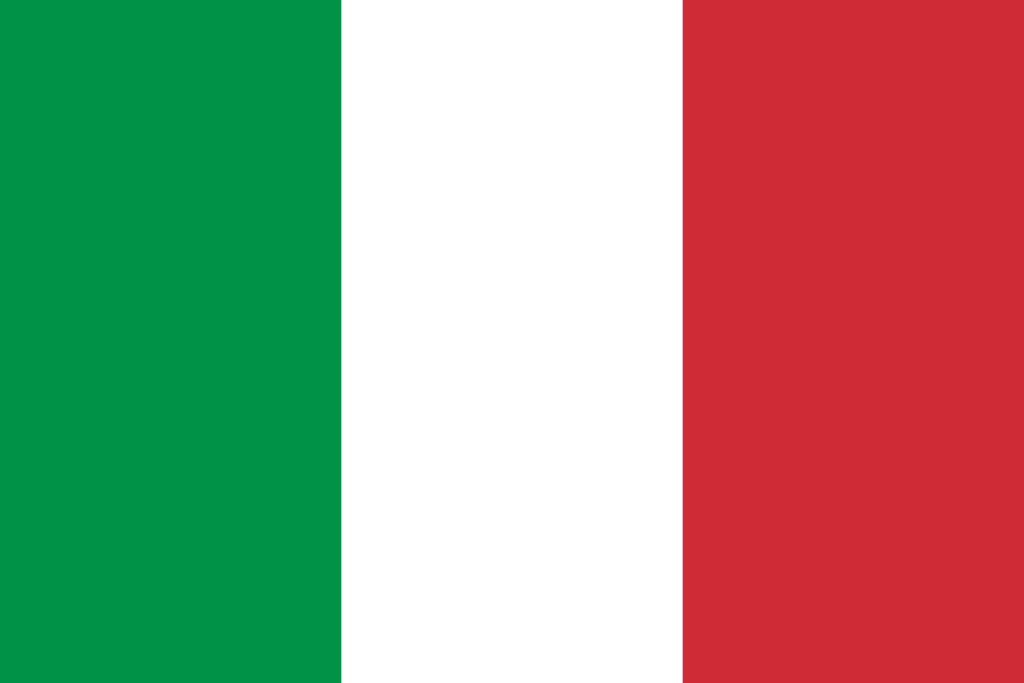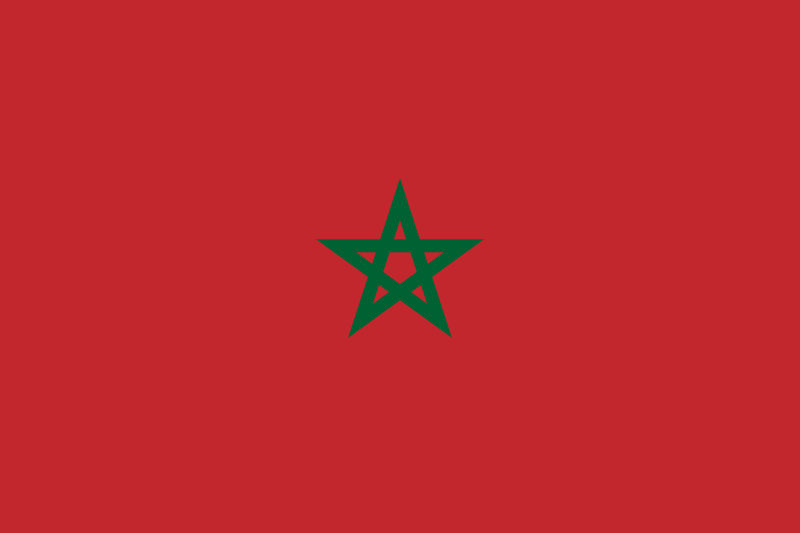supported by: The Western New York Foundation
Written by: Julia Bozer
Cultural Program Educator
Indulge in some kitchen travel, making world flags from snack foods and leftovers! You’ll discover flags from around the globe, learn about different sizes, shapes, and colors, and enjoy an international treat.
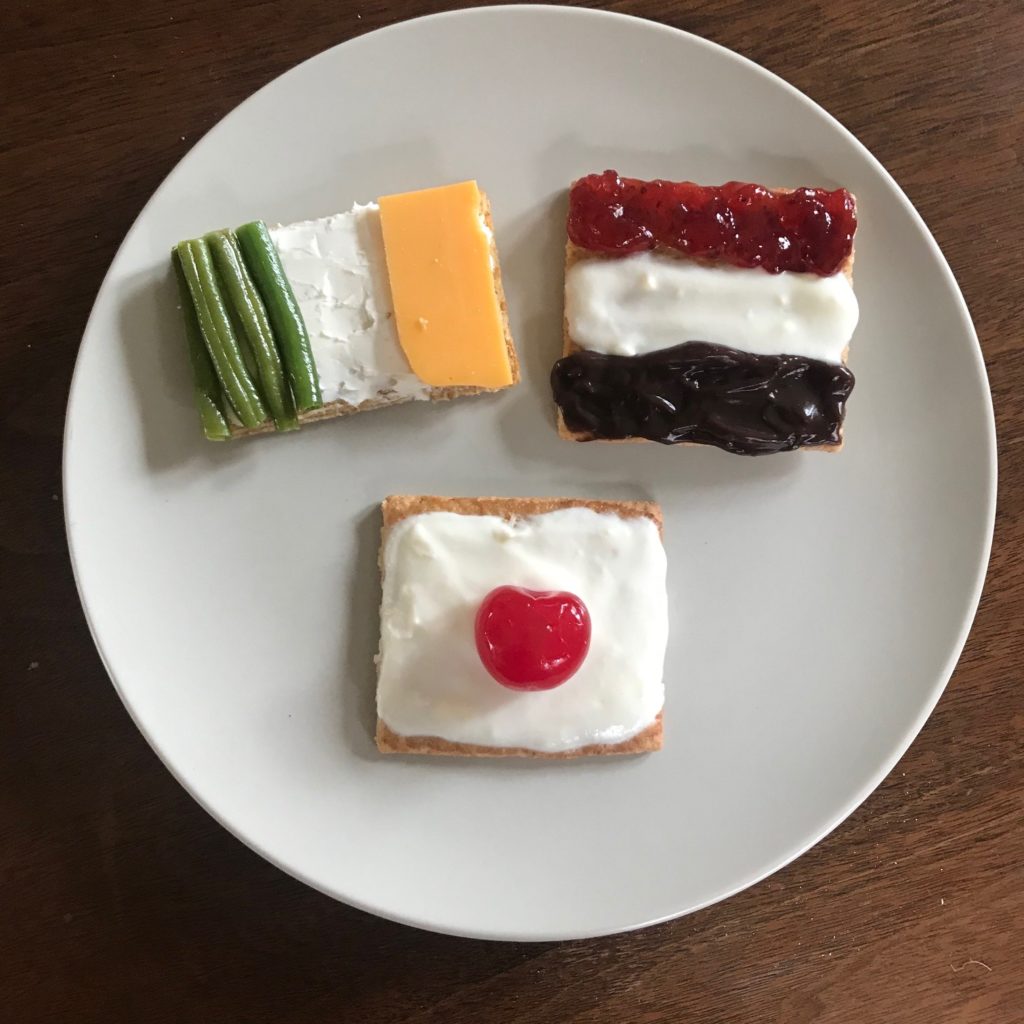
At home, we tried both sweet and savory combinations, recreating the flags of Ireland (green beans, cream cheese, and cheddar cheese), Japan (vanilla yogurt and a cherry), and Yemen (strawberry jam, yogurt, and chocolate pudding).
We used crackers to make a rectangular base – graham crackers for sweet, 1.5 saltines for savory – but you can also assemble your designs right on the plate. And, yes, I realized later that raisins and red fruit would have been a healthier alternative to the pudding and jam.
Materials
Crackers, yogurt, cream cheese, hummus, fruit, vegetables, raisins, peanut butter, jelly, candy, whatever is in your kitchen!
Length:
15-20 minutes
Academic Subject(s):
Social Studies, Geometry
This lesson supports your student’s curriculum:
· SOC: 3.4
· MATH: NY-K.G.1, NY-K.G.2, NY-K.G.5
This lesson supports areas of Early Childhood Development and PreK Curriculum:
· NY-PK.G.1, NY-PK.G.4
Directions:
Step 1: Search online or in books for images of flags you could make with food.
Hint: flags with color blocks or simple, linear shapes are the easiest to recreate.
Here are some ideas to get you started:
Step 2: Look carefully at each flag you chose and identify its key shapes and colors. Then explore your kitchen: can you find foods that are the right color and shape to match the design on each flag?
Get creative: can you arrange smaller foods to form a stripe or star? Are there foods you can spread around to form a certain shape? You can also discuss which tastes go well together and which don’t – for example, we found some cherry tomatoes that were the perfect color for our Yemeni flag, but they wouldn’t have tasted great with the chocolate pudding…
Step 3: Assemble your flags. Be patient. If you make a mistake, eat it up and try again!
Step 4: Enjoy your flags, exploring the world one bite at a time.
Discussion points as you work:
· What do these flags have in common?
· What shapes do you see? What colors?
· Why do you think so many national flags have such simple shapes?· The different parts of a flag are symbols, meant to represent a country’s history and values. What might some of the colors and emblems on these flags stand for?
Did you know?
· The study of flags is called vexillology. And the international federation of vexillologists has its own flag! It looks like this:
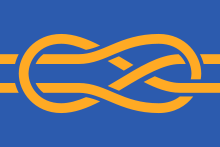
· The Japanese flag – a white rectangle with a red circle at center – is sometimes referred to as “Hinomaru,” or “the circle of the sun,” since it reflects Japan’s identity as the Land of the Rising Sun. A common Japanese treat is the “Hinomaru Bento” – a rectangular bento box filled with cooked white rice and an umeboshi (or pickled red plum) in the middle. It looks just like the national flag!
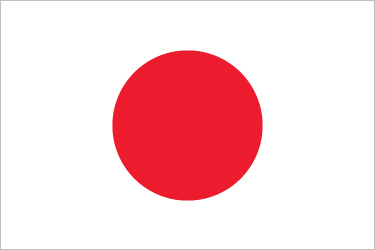
Keep playing!
· For an extra challenge, try to think of flags you could make with typical foods used in the originating country – like the “Hinomaru Bento.” For example, could you make Italy’s flag from basil, mozzarella cheese, and tomatoes?
· Try inventing your own flag! If your household had a flag, what would it look like? What would it symbolize?
Did you try this activity? If so, share your photos online; we’d love to see them!
Extra points for recreating flags that include animals (Mexico, Sri Lanka), architecture (Afghanistan, Cambodia), coats of arms (Ecuador, Spain), or most of all a dragon (Bhutan, Wales).

